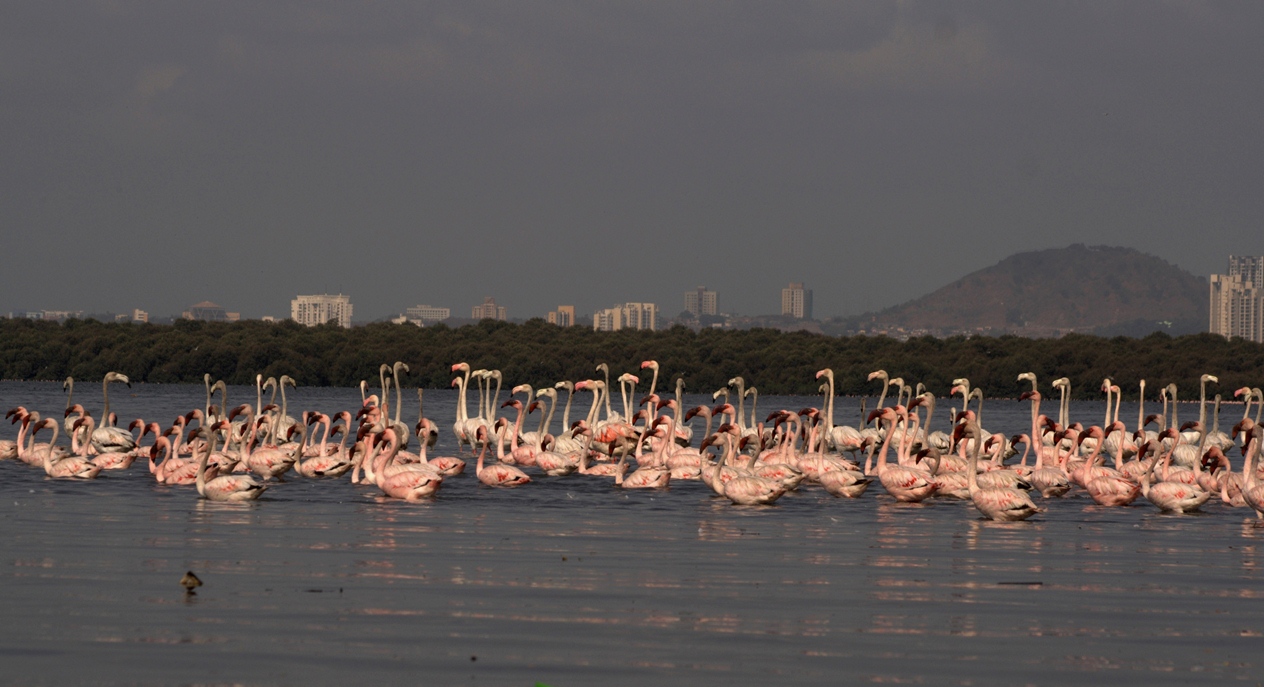From the moment the lockdown began in India in March 2020, social media was abuzz with animal sightings across the country in urban areas. From the civet seen in Kerala to the leopards visiting colonies in Chandigarh and flamingoes in Mumbai, it seemed the lack of people on roads made animals bolder to venture beyond the forested paths. Now a new global initiative is trying to dig deeper and see how research during this devastating health crisis can lead to innovative strategies for sharing space on this increasingly crowded planet. Something that will benefit both wildlife and humans.
Also Read: Clean Air During Lockdown and Beyond – Why it Matters?
Many countries around the world went into lockdown to control the spread of Covid-19. The researchers have called this period “anthropause” and believe that these unusual circumstances when the majority of the human population is at home can provide invaluable insights into human-wildlife interactions.
They say while some animals have been observed to venture into cities, there have also been others that have been put in an odd place because of the pandemic lockdown. For example, some urban-dwelling animals, like gulls, rats, or monkeys, and dogs may be struggling to make ends meet without access to human food. In more remote areas, reduced human presence may have also put endangered species on harm’s way with increased poaching risk.
The authors emphasize that we cannot afford to miss the opportunity to chart, for the first time on a truly global scale, the extent to which modern human mobility affects wildlife.
Bio-logging
To address this challenge, researchers recently formed the “COVID-19 Bio-Logging Initiative”. This international consortium will investigate animals’ movements, behaviour and stress levels, before, during and after Covid-19 lockdown, using data collected with nifty animal-attached electronic devices called “bio-loggers”.
The article’s lead author, Christian Rutz, a biologist at the University of St Andrews, UK, and President of the International Bio-Logging Society, explains: “All over the world, field biologists have fitted animals with miniature tracking devices. These bio-loggers provide a goldmine of information on animal movement and behaviour, which we can now tap to improve our understanding of human–wildlife interactions, with benefits for all.”
The team will integrate results from a wide variety of animals, including fish, birds and mammals, in an attempt to build a global picture of lockdown effects.
Francesca Cagnacci, Senior Researcher at the Edmund Mach Foundation in Trento, Italy, and Principal Investigator of the Euromammals research network, says: “The international research community responded quickly to our recent call for collaboration, offering over 200 datasets for analysis. We are very grateful for this support.”
Also Read: Watching Birds During Lockdown
So, what do the scientists hope to learn?
If animals move based on built structures or human presence – Matthias-Claudio Loretto, a Marie Skłodowska-Curie Fellow at the Max Planck Institute of Animal Behavior in Radolfzell, Germany, explains that it will be possible to address previously intractable questions: “We will be able to investigate if the movements of animals in modern landscapes are predominantly affected by built structures, or by the presence of humans. That is a big deal.”
If minor changes in lifestyle can benefit both animals and humans – These insights will, in turn, inspire innovative proposals for improving human-wildlife coexistence, according to Martin Wikelski, Director of the Max Planck Institute for Animal Behavior in Radolfzell, “Nobody is asking for humans to stay in permanent lockdown. But we may discover that relatively minor changes to our lifestyles and transport networks can potentially have significant benefits for both ecosystems and humans.”
Republished in parts from original Article at Max-Planck-Gesellschaft









